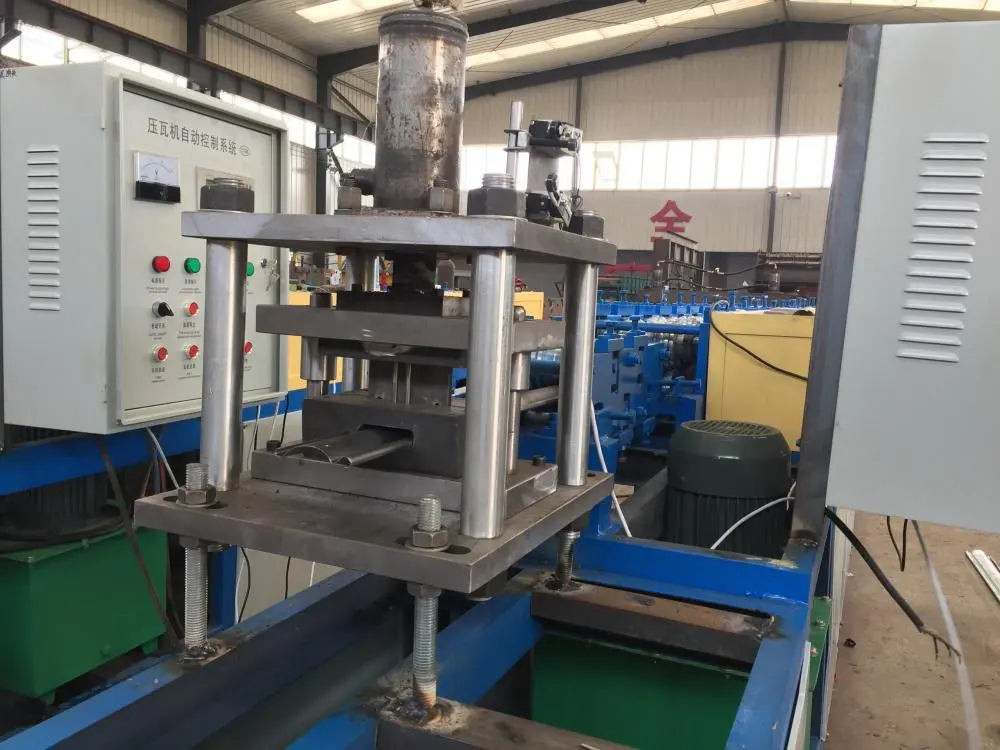
The Importance of Furring Channel Machines with High Straightness in Construction
In the construction industry, the need for precision and accuracy is paramount. The use of high-quality materials and tools can make a significant difference in the stability and longevity of structures. Among the essential components in drywall installation and framing systems are furring channels, which provide an important structural foundation for attaching wallboards and other finishing materials. A critical aspect of the production of furring channels is the machinery used, particularly furring channel machines designed with high straightness capabilities.
What are Furring Channels?
Furring channels are thin metal profiles that serve as a framework for attaching drywall, insulation, or other surfaces. They are often used in building constructions to create a level surface on irregular walls, improve thermal performance, and assist in soundproofing. These channels are generally made from galvanized steel or other durable materials, ensuring they can withstand the rigors of construction and the test of time.
The straightness of furring channels plays a crucial role in the overall quality of the construction. Uneven channels can lead to significant challenges during installation, including misalignment of drywall sheets and an increased risk of cracking or warping over time. Therefore, manufacturers must prioritize straightness in their furring channel machinery to ensure that the products meet industry standards.
The Role of Furring Channel Machines
Furring channel machines are specialized tools designed to produce furring channels efficiently and with high precision. These machines take coils of metal and process them through various stages of shaping, cutting, and punching to create the final product.
One of the key features that differentiate various furring channel machines is their ability to maintain high straightness throughout the production process. Machines that lack this capability can produce warped channels, which not only affect the installation process but may also compromise the integrity of the building as a whole. High straightness ensures that the furring channels fit together seamlessly, providing a solid base for drywall and other materials.

Advantages of High Straightness in Furring Channel Machines
1. Improved Installation Efficiency When furring channels are produced with high straightness, contractors experience fewer rework scenarios. This results in time savings and reduced labor costs. Moreover, installers can work more confidently, knowing that the materials are straight and will fit together correctly.
2. Enhanced Structural Integrity Straight furring channels contribute to the overall structural integrity of the assembly. A level and consistent framework minimizes the risk of shifting or settling that can lead to cracks and other issues over time. The enhanced stability ensures that insights from architects and engineers are preserved throughout the building process.
3. Quality Control High straightness in the production process allows manufacturers to maintain better quality control. It reduces the chances of defective products reaching the market, thereby enhancing the brand's reputation and customer satisfaction.
4. Cost-Effectiveness Though investing in machines that ensure high straightness may involve a higher initial cost, the long-term benefits outweigh these costs. By minimizing waste, reducing installation time, and decreasing the likelihood of callbacks due to defects, manufacturers can realize significant savings.
Conclusion
As the construction industry continues to evolve, the importance of advanced manufacturing technologies becomes increasingly clear. Furring channel machines equipped with high straightness features represent a critical investment for manufacturers aiming to improve their product offerings. The benefits of producing straight furring channels extend beyond the manufacturing floor, influencing installation efficiency, structural integrity, and ultimately, customer satisfaction.
In summary, the quest for high straightness in furring channel machines is not just about aesthetic quality; it is about enhancing performance, ensuring safety, and fostering a sustainable construction environment. As technology progresses, the incorporation of high-precision machinery will redefine industry standards and contribute to the construction of more durable and resilient structures.